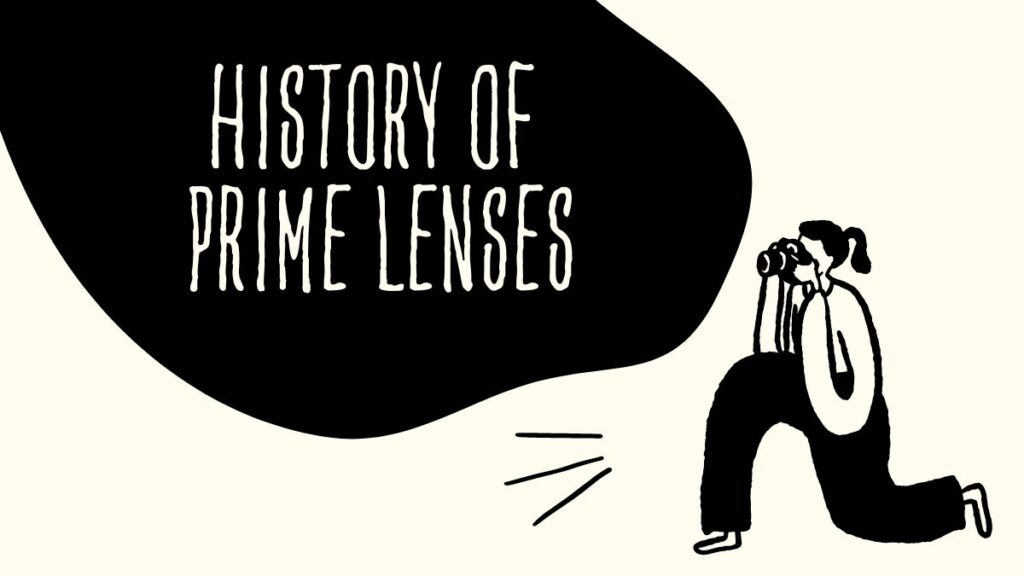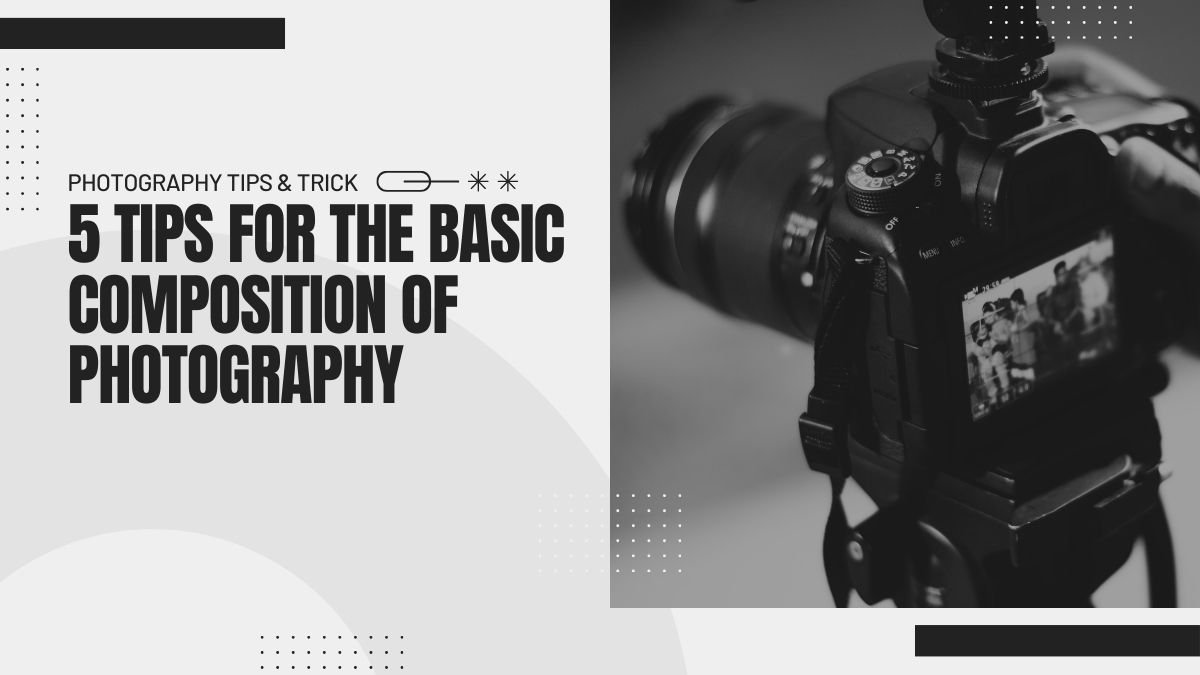As a photographer, I always prefer the best Prime Lenses to improve my skills and capture stunning images. One of the most powerful tools in my arsenal is a prime lens. Unlike zoom lenses, which offer a range of focal lengths, prime lenses have a fixed focal length. This may seem limiting initially, but once you understand the advantages and techniques of using prime lenses, you’ll unlock a world of creative possibilities.
Advantages of Using Prime Lenses
Prime lenses offer several advantages over zoom lenses. Firstly, prime lenses tend to have wider maximum apertures, allowing for better low-light performance and the ability to create a shallow depth of field. This means you can achieve that beautiful, blurred background effect that makes your subject pop. Prime lenses are often lighter and more compact than zoom lenses, making them easier to carry around and handle. They also tend to be sharper and produce higher image quality. With all these advantages, it’s no wonder prime lenses are a favorite among professional photographers.
Understanding Focal Length in Prime Lenses
Before deciding on the right prime lens for your photography style, let’s take a moment to understand focal length. Focal length is measured in millimeters and determines the lens’s angle of view and magnification. A shorter focal length, such as 35mm, will provide a wider angle of view, making it great for landscape photography.
On the other hand, a longer focal length, like 85mm or 135mm, will give you a narrower angle of view and more magnification, making it ideal for portraits and close-ups. Understanding focal length is crucial in selecting the right prime lens for your desired shot.
Choosing the Right Prime Lens for Your Photography Style
Now that you grasp focal length, it’s time to choose the perfect prime lens for your photography style. If you love shooting portraits, a 50mm or 85mm prime lens is a great starting point. These lenses provide a flattering perspective and allow you to isolate your subject from the background.
For landscape photography, a wider prime lens, such as 24mm or 35mm, will beautifully capture the expansive scenery. If you enjoy macro photography and want to capture intricate details, a 100mm or 105mm prime lens will be your best companion. When selecting your prime lens, consider your photography style and the subjects you frequently shoot.
Prime Lens Techniques for Capturing Stunning Portraits
When it comes to capturing stunning portraits, prime lenses excel. The wide maximum aperture of prime lenses allows you to create a shallow depth of field, effectively separating your subject from the background. This creates a beautiful bokeh effect, where the background is blurred, and the subject is in sharp focus.
To make the most of this technique, position your subject a few feet away from the background and shoot with a wide aperture, such as f/1.8 or f/2.8. Experiment with different focal lengths to find a perspective that flatters your subject.
Another technique to consider is using a longer focal length for portraits. A longer focal length, like 85mm or 135mm, compresses the perspective and enhances the features of your subject. This can result in stunning, flattering portraits with a more intimate feel. Experiment with different focal lengths and distances to find the perfect combination for your desired effect.

Using Prime Lenses for Landscape Photography
Prime lenses are not just for portraits; they can also be useful in landscape photography. Wider focal lengths, such as 24mm or 35mm, capture a broader perspective, allowing you to include more of the scene in your frame.
This is especially useful when photographing expansive landscapes or architecture. To make the most of your wide-angle prime lens, consider positioning points of interest in the foreground to create a sense of depth and lead the viewer’s eye into the frame. Experiment with different compositions and angles to capture the beauty of the landscape.
Low-light photography with Prime Lenses
One of the prime lenses’ most significant advantages is their ability to perform well in low-light conditions. The wider maximum aperture allows more light to enter the lens, resulting in brighter images and faster shutter speeds. This is particularly useful when shooting in dimly lit environments or during nighttime photography.
To capture stunning low-light photos with a prime lens, use a wide aperture and adjust your ISO and shutter speed accordingly. Embrace the available light and experiment with different settings to achieve the desired effect.
Prime Lenses for Macro Photography
If you are passionate about capturing the intricate details of the world around you, a prime lens is an excellent choice for macro photography. Macro lenses, typically with a focal length of 100mm or 105mm, allow you to get up close and personal with your subject, capturing the most minor details with exceptional clarity.
These lenses are designed to focus at near distances, enabling you to photograph flowers, insects, or any other small subjects with stunning precision. Experiment with different apertures to control the depth of field and achieve the desired level of detail in your macro shots.
Tips for Maximizing the Potential of Prime Lenses
To truly unlock the power of prime lenses, here are a few tips to keep in mind:
- Experiment with different focal lengths to find your preferred style and perspective.
- Use the wider maximum aperture to create a shallow depth of field and separate your subject from the background.
- Pay attention to composition and framing to enhance the impact of your images.
- Practice using manual focus to have complete control over your shot.
- Consider investing in prime lenses with weather sealing for added durability and versatility.
By incorporating these tips into your photography workflow, you’ll be able to fully enjoy the magic of prime lenses.
Conclusion: Embrace the Magic of Prime Lenses in Your Photography Journey
In conclusion, prime lenses are a powerful tool that can elevate your photography. Their advantages, such as wider apertures, superior image quality, and compact design, make them a favorite among professional photographers.
Whether you’re capturing stunning portraits, majestic landscapes, or intricate macro shots, prime lenses offer the versatility and creative freedom to bring your vision to life. So, embrace the magic of prime lenses and unlock the full potential of your photography journey.
CTA: Now that you’ve learned about the power of prime lenses, it’s time to put your knowledge into practice. Grab your camera, select your favorite prime lens, and head out to capture some incredible shots. Don’t be afraid to experiment and push the boundaries of your creativity. Remember, the magic of prime lenses awaits you!

